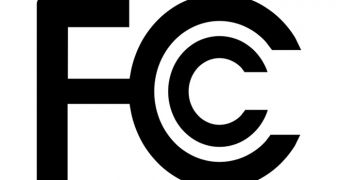Hurricane Sandy, the huge superstorm, called frankenstorm by some, is thankfully passing without too huge a death toll, at least compared to the disaster in Japan, in March 2011.
Last we heard, there were 74 who lost their lives, which really doesn't compare to the 15,870 deaths of last year, and the 6,114 injured and 2,814 people missing.
Sandy still inflicted massive structural damage to everything it touched, though, and while the US authorities are doing their best to rebuild everything, it is going slowly.
The wireless services for the East Coast, and the wireline ones for that matter, got a particularly raw deal overall.
The communications network has been damaged badly in the area between Virginia and Maine, plus westward as far as Michigan.
On October 31 (yesterday), 25% of the wireless cell sites were either damaged or destroyed, while 25% of cable customers lost their service.
David Teretsky, FCC Public Safety & Homeland Security Bureau Chief, later said that the percentage decreased a bit, but only by a few points. Cable services were doing better, with outages at less than 20%.
In order to compensate for the troubles, wireless operators are bringing extra generators to cell sites without power (by truck).
"Overall, the condition of our communications networks is improving," FCC Chairman Julius Genachowski said in a statement. "But serious outages remain, particularly in New York, New Jersey, and other hard-hit areas."
The past several days have been filled with news updates about the large hurricane, and methods for how such phenomena could be eliminated, or at least softened.
One particularly odd idea was to nuke a hurricane. By detonating an atomic bomb near the storm's eye, the air would be heated up enough for the storm to lose its strength and maybe even change direction. Fortunately, no one is thinking of actually doing this right now.

 14 DAY TRIAL //
14 DAY TRIAL //